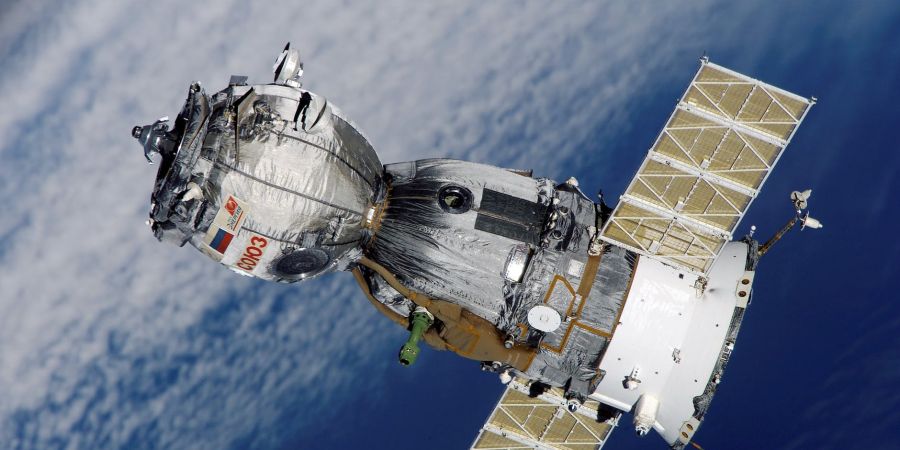

After reaching the moon it will start orbiting the moon so that it is always at an altitude of 100 km above the moon.
After that, the descent cell from the Chandrayaan 2 spacecraft will detach itself and start its downward descent. Landing on the moon is a very complicated matter. If only the moon has an atmosphere, it can be easily parachuted down.
But since there is no airspace, small rockets mounted on the bottom of the descent cell shoot fire downwards. As a result the speed of the descending cell is reduced and it descends more slowly. A radar instrument is also located at the bottom of the descent cell. It will continuously show if the lunar surface is close.
A lunar probe
The moon has many craters. So the descending cell should not fall into such a pit. Don't let go of even the most perfect of it. Radar will take care of such problems. At Chitradurga in Karnataka, circular craters similar to those found in the moon have been created and several experiments have been conducted using the descending cell model.
Earth on the Moon is unique. The dust of the moon is colored like powdered glass.
It is planned to land near the south pole of the Moon. There are two locations selected. These locations have been selected based on the pictures taken by Chandrayaan 1 earlier. A landing cell will land at any of these two locations. Both the places are next to each other.
After the descent cell descends to the ground, the probe cell emerges from it. It has six legs. It can move around automatically. It will also work according to the directive issued by ISRO scientists.
Both the lander and the mobile probe will carry appropriate instruments to explore the lunar landscape. The instruments in the test cell require electricity to operate. In that way, the research cell will have a solar panel to generate electricity from the sunlight and cameras to take pictures of the surroundings.
As the Moon rotates very slowly on its axis unlike the Earth, a day on the Moon is 14 days (according to Earth's reckoning). Similarly, 14 days are nights. Hence the mobile probe will be continuously operational for 14 days a day.
After night falls the research cell remains inactive as electricity generation is not possible.
The probe will travel very slowly on the lunar surface. It is assumed that the probe cell will cover a distance of about 200 meters in 14 days of daylight. In contrast, the lander will collect information about the Moon as it remains stationary at its landing site.
Both the descent cell and the mobile probe will transmit information to the high-orbiting Chandrayaan 2 mother cell. The mother cell will send the information to the ISRO control center.
On Earth, clouds, rain, sea, wind, plants, etc. balance heat and cold to some extent. The moon has none of these.
So daytime temperatures on the Moon can be as high as 130 Celsius. At night the cold can be as low as minus 170 degrees. Chandrayaan's Landing Cell and Mobile Probe are designed to operate in such harsh conditions.
